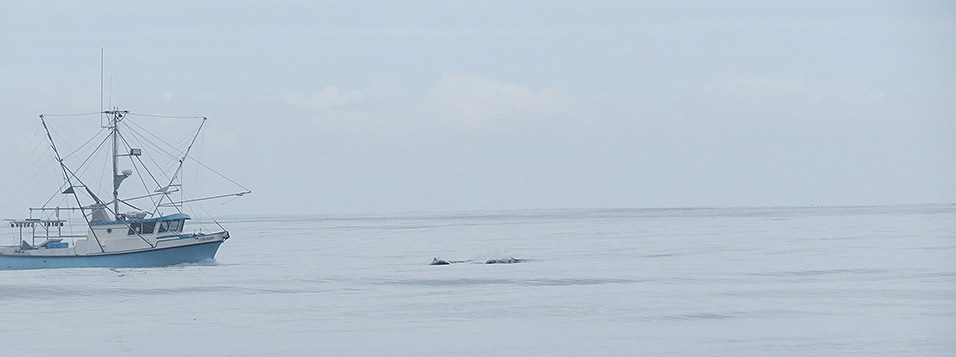
Conservation Cause: Ghost Gear

By J. C. Stevens
Imagine being wrapped in a fishing net in the ocean with no one around to rescue you. Floating, drifting, you struggle to get free. But at last the net drops into the deep.
It sounds like a nightmare. But too often it's the tragic reality for sea turtles, lions, seals, dolphins, whales, crabs, birds and other marine creatures trapped in lost and abandoned fishing nets, ropes, lines, lobster and crab traps and other manmade snares. For the creatures who encounter this "ghost gear," life has a scary ending. According to the Ocean Conservancy’s Ingrid Giskes, 80 percent of the animals that become entangled in it are injured or die. When lost or abandoned fishing nets snag on coral reefs, they wipe out hundreds of creatures at once. And when they can sink to the seabottom, they smother everything they touch.
Ghost gear is also scary for the fishing industry. Nets lost accidentally are expensive to replace and can reduce a vessel’s seasonal catch. And boats encountering loose nets must spend time and fuel to get clear of the hazard.
The Ocean Conservancy reports that ghost gear has contributed to the decline of fish stocks, five to 30 percent in some cases.
One example: The Gulf of Maine Lobster Foundation removed and towed a 20,000 pound ghost gear ball that had been affecting local harvests.
More recently, Alaskan crabbers had to stop harvesting altogether. While the causes of that crash in the crab population aren't fully known, ghost gear certainly doesn't help an already bad situation, and it's a problem that can be fixed.
The Ocean Conservancy is a lead partner in a global alliance of government, private and academic organizations tackling ghost gear. The North American Net Collection Initiative has multiple focuses: removing the gear already in the ocean; working with industry on best practices to prevent gear from being lost in the first place; and collecting and recycling the gear.
This year, recycling fishing nets became a major focus. Many nets collected along the Pacific coast are being sent to the Oxnard Bureo facility to be shredded into nylon fiber or turned into pellets for use in manufacturing clothing, hats, skateboards, sunglasses and other products.
In late October, Bureo’s founders announced they were waiting for 14 tons of fishing nets from Mexico alone. At an Ensenada facility that opened in May 2022, workers sort, wash, clean and trim the redes fantasmas, as ghost gear is called in Spanish, of seaweed, crustaceans and other debris before shipping them to Oxnard for recycling.
Eight Mexican fisheries are already on board the recycling initiative with several others interested. Every country with a coastline should ride this current so we can exorcise ghost gear from our oceans forever.